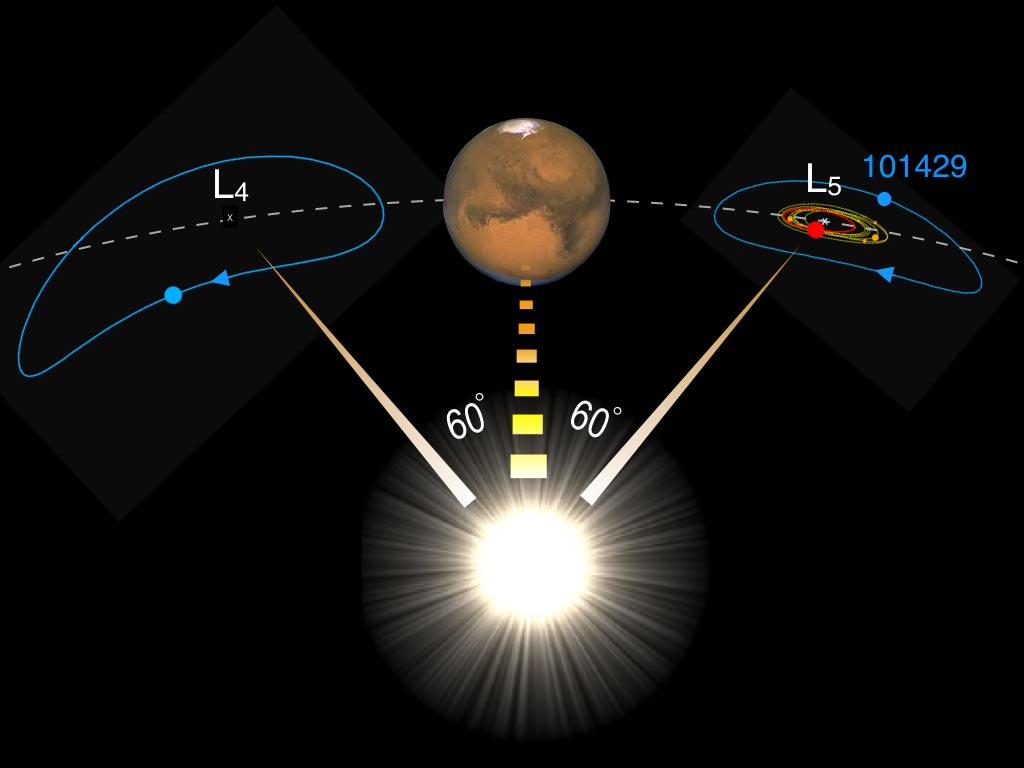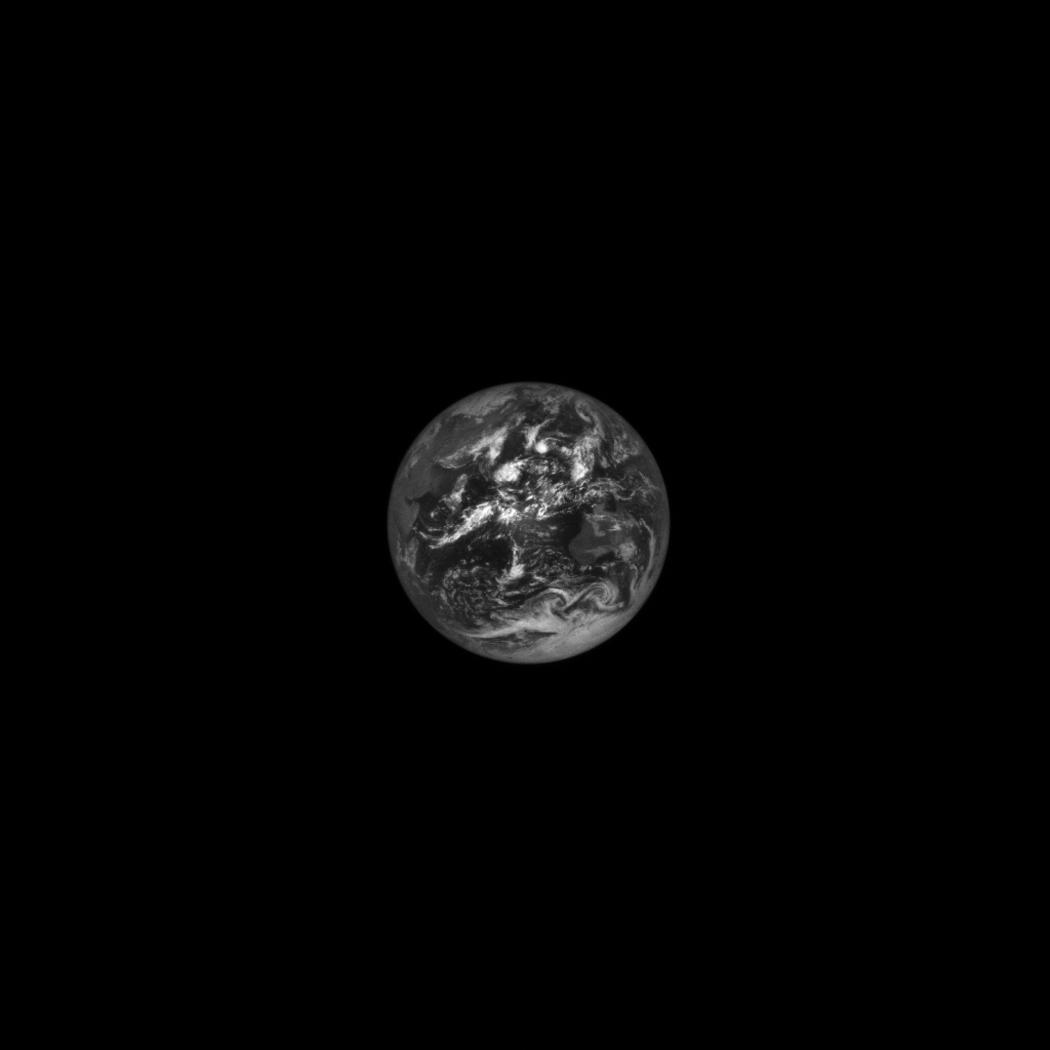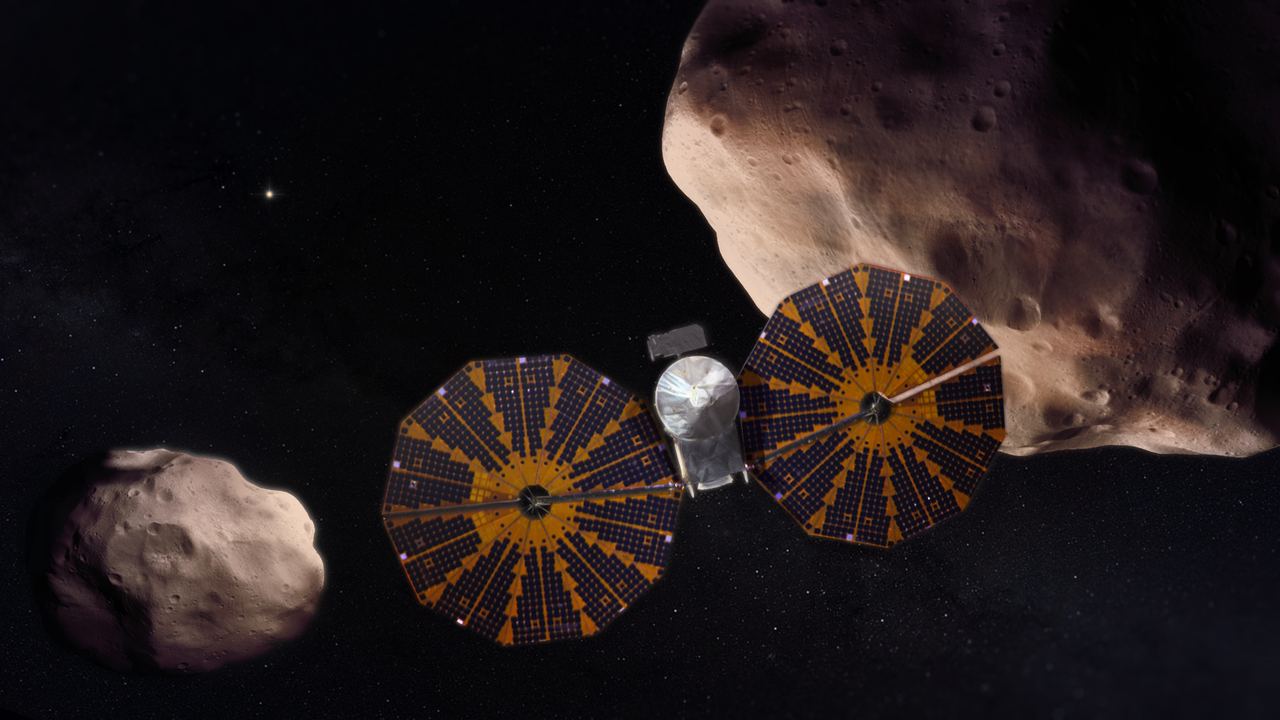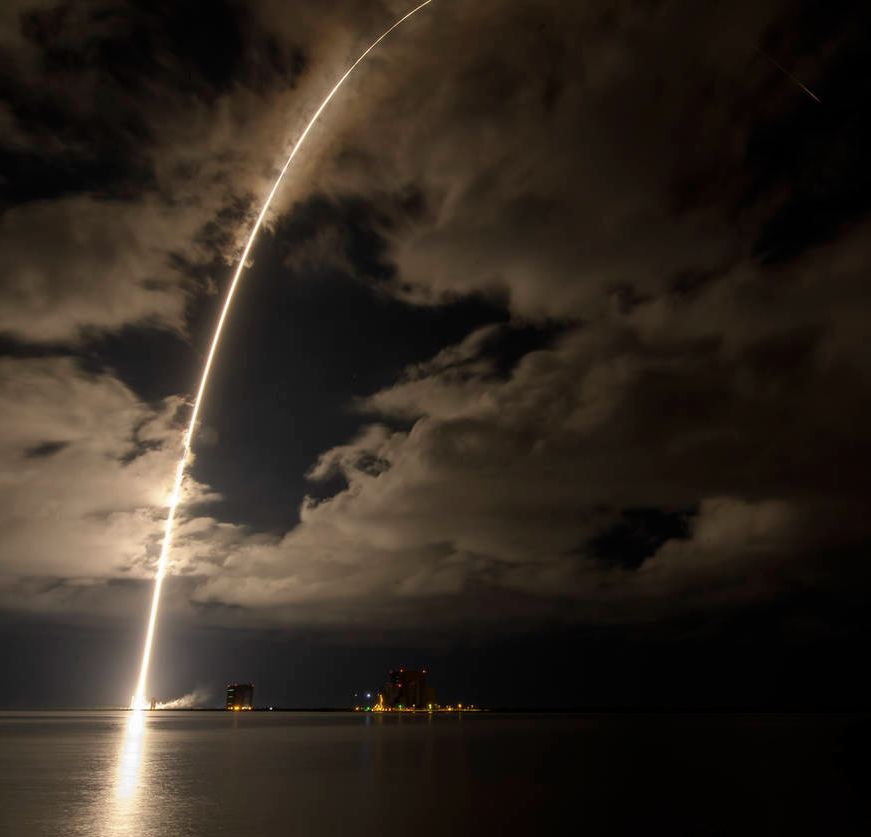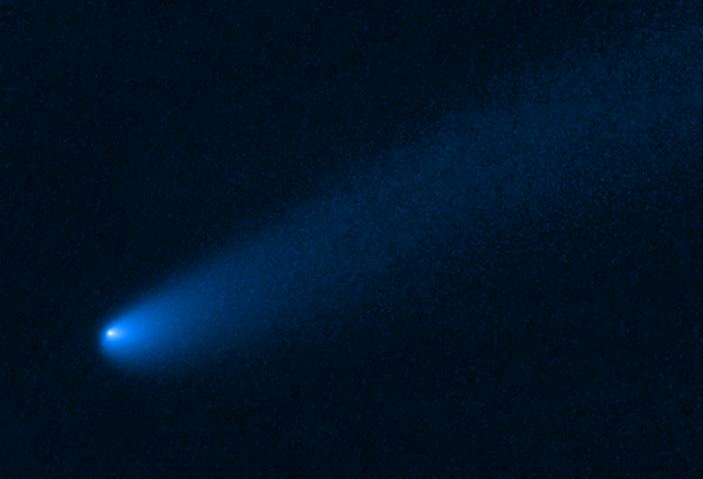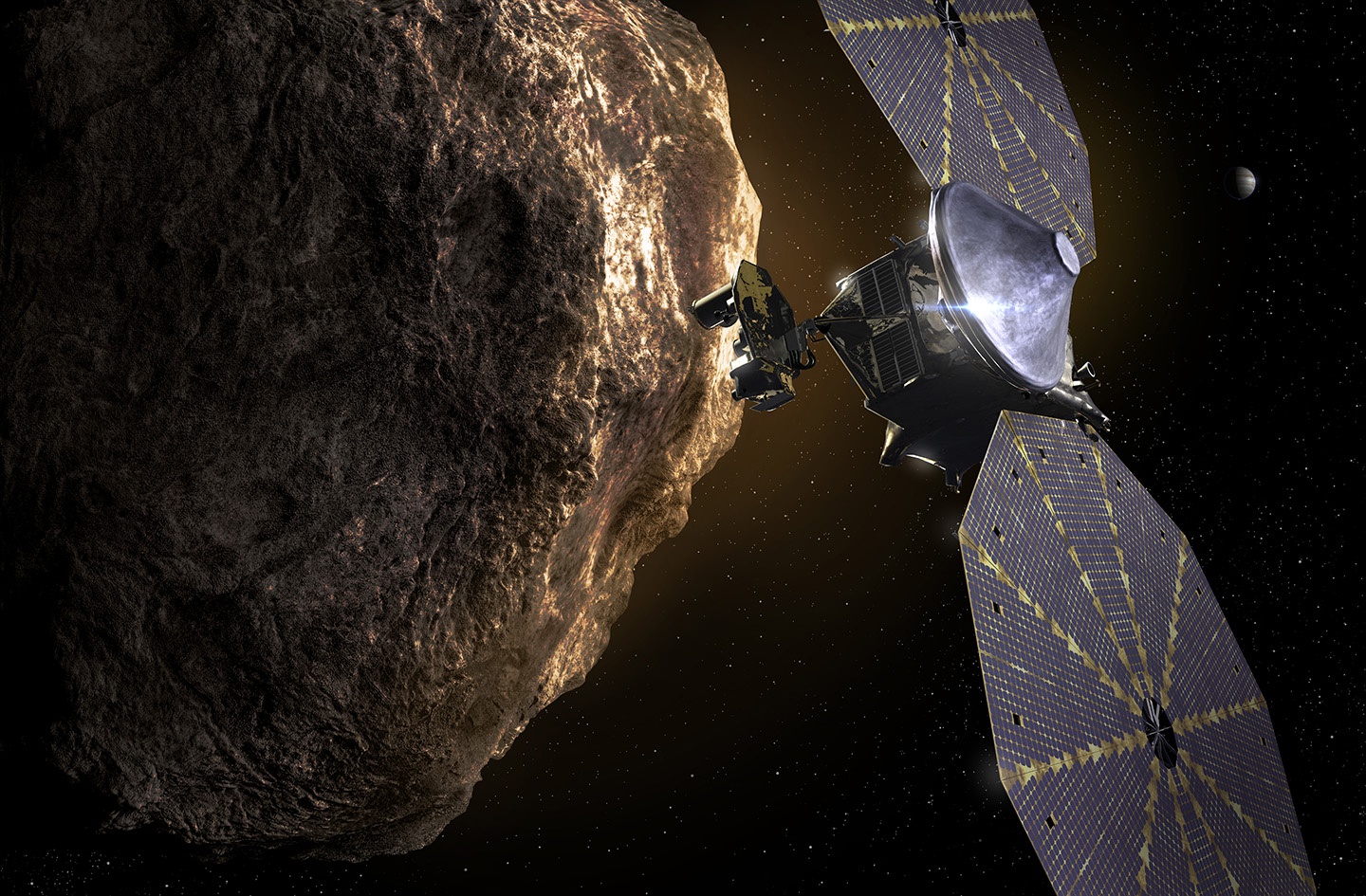Astronomers discovered another asteroid sharing Mars’ orbit. These types of asteroids are called trojans, and they orbit in two clumps, one ahead of and one behind the planet. But the origins of the Mars trojans are unclear.
Can this new discovery help explain where they came from?
Continue reading “An Asteroid Found Sharing the Orbit of Mars”
